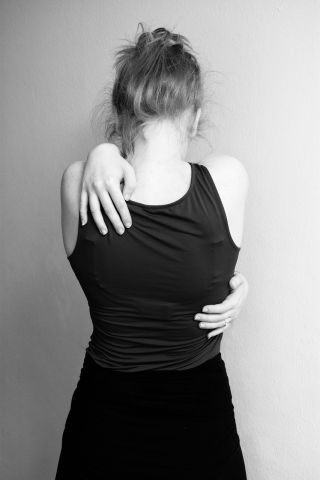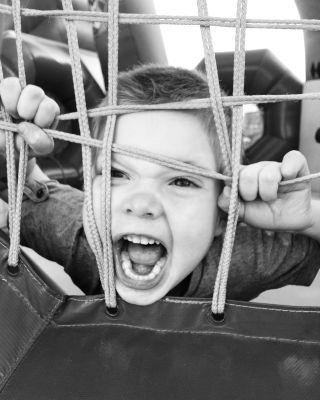Therapy
What Happens to Your Emotions in Therapy?
Emotions are handled differently in different types of treatment.
Updated June 29, 2023 Reviewed by Hara Estroff Marano
Key points
- Emotions are handled distinctly in different psychotherapeutic approaches.
- Cognitive behavioral therapy (CBT) manages emotions through altering thoughts and behaviors.
- Dynamic psychotherapy helps people seek insight into their emotions by talking about them.
- Dynamic psychotherapy has long-lasting effects, even after treatment ends.

Many people seek therapy because of upsetting feelings. “I am anxious about everything.” “I’m sad all the time.” “I’m constantly angry and bite everyone’s head off.”
Cognitive Behavioral Therapy (CBT)
A popular treatment is CBT, cognitive behavioral therapy. Aaron Beck created this form of treatment and reported on it in 1964 in Cognitive Therapy: Basics and Beyond. CBT treatment focuses on people’s thinking errors and distortions in their lives that create distress.
Beck described how people’s beliefs about themselves, others, and the world at large form early in life. These beliefs may be errant and dysfunctional. The focus of treatment is on the here-and-now, error-riddled beliefs and thoughts that become fixed cognition patterns.
Emotions are not discussed much in CBT. They are talked about only as they relate to current thoughts and behaviors that lead to unwanted emotions. The therapist helps the patient make behavioral changes by focusing on what the patient thinks or believes, not on how or why they emote the way they do.
Emotion-Focused Cognitive Behavioral Therapy (ECBT)
An offshoot of CBT, emotion-focused CBT was developed by Mick Power and reported in the book Emotion Focused Cognitive Therapy (2010). It was noticed that the affective component was missing in CBT. The focus in ECBT is on behaviorally managing emotional experiences.
In ECBT emotions are examined to some extent. They are identified and understood in a rudimentary way. A person learns how to manage or regulate emotions in order to make behaviors more adaptive and agreeable. In this therapy, too, the therapist helps the patient make behavioral changes in the ways emotions are elaborated.
Beck believed maladaptive thoughts generated untenable emotions and behaviors. But it is a chicken-and-egg problem. Do misguided thoughts develop first or do upsetting and unwanted emotions come first? Does a therapist tackle thoughts and behaviors first or emotions first?

Dynamic Psychotherapy
Homer B. Martin, M.D. and I studied almost four thousand patients of all ages in dynamic psychotherapy over a combined eighty years. We discovered that emotions form first in children and precede the development of cognitive meanings that children later assign to their emotions.
Dynamic psychotherapy is different from CBT treatment. It first and foremost examines emotions as the generator of maladaptive thinking and behaviors. The goal of dynamic psychotherapy is to delve into emotional development, where emotions originate. Then the patient works on his inner self, appreciating how emotions become assigned to erroneous cognitions and also to dysfunctional behaviors. The goal is to gain emotional insight, not just intellectual understanding and behavioral techniques.
In psychodynamic psychotherapy emotions are handled differently than in CBT and ECBT. Emotions are sought out routinely. They are discussed and examined in minute detail. Therapists ask patients to delve into what they feel and when they feel anxious, sad, angry, depressed, happy, etcetera.
Talking about current emotional reactions fills a lot of time in this therapy. Patients also learn about the history of their emotions, where they came from in childhood. What made you angry or sad when you were a child? How did you show your feelings as a youngster?
The goal of such deep emotional exploration is to increase insight into who you are. Then you are free to decide what changes you want to make in yourself, if any.
Comparison of Efficacy of CBT and Dynamic Psychotherapy
In 2010, Jonathan Shedler conducted a study comparing the effectiveness of CBT and and the effectiveness of dynamic psychotherapy’s as reported in a number of meta-analyses. He discovered both were helpful treatments. However, he found that psychodynamic psychotherapy helped for a longer period of time after treatment stopped than did CBT. With psychotherapy, patients continued to improve over time. It is thought that gaining insight into one's’s emotional makeup aids peope in grappling with future emotional difficulties. By comparison, with CBT, treatment effects dissipated quickly.
Emotions are dealt with differently in the three therapiesd. If you want primarily to manage your behaviors without looking into emotions much, try CBT. If you are interested in cataloguing your emotional states and discovering how to manage these emotions better with new behaviors, ECBT may be of help to you. If you want to delve deeply into emotions, scrutinizing and examining them over time, both in the here and now and in your childhood, you may find psychodynamic psychotherapy helpful.
References
Beck, A. (1964). Cognitive Behavioral Therapy: Basics and Beyond, New York: Guilford Press.
Martin, H. & Adams, C. (2018). Living on Automatic: How Emotional Conditioning Shapes Our Lives and Relationships, Santa Barbara: Praeger.
Power, M. (2010). Emotion Focused Cognitive Therapy, UK: Wiley-Blackwell.
Shedler, J. (2010). The efficacy of dynamic psychotherapy, American Psychologist, 65(2): 98-109.


